There are some beaches you want to visit, and then there are some that you may never want to visit. The trick is knowing which type of beach you're on before it's too late. From deadly reefs to quicksand, here's a list of the most dangerous beaches in the world:
Arugam Bay, Sri Lanka

If you've ever been to Sri Lanka, chances are you've heard about Arugam Bay. It's one of the most popular surfing spots in the country and is known for its perfect waves. However, there are several things that make this beach dangerous:
- Sharks. The waters surrounding this beach are home to many types of sharks, which can be found year-round off the coast of Arugam Bay. Rip tides also make it difficult for swimmers and surfers to stay out of harm's way when doing so in deeper water near rocks or reefs.
- Stingrays. You might think all stingrays are dangerous creatures—and they are—but if they're found on sandy beaches like Arugam Bay's, then they’re not as much of a threat because their barbs won't stick into your foot through your sandals! This doesn’t mean you should go barefoot however; instead stick with flip flops or tennis shoes instead so that any potential stingers will only get stuck in those materials instead (and not in flesh).
Red Triangle, California
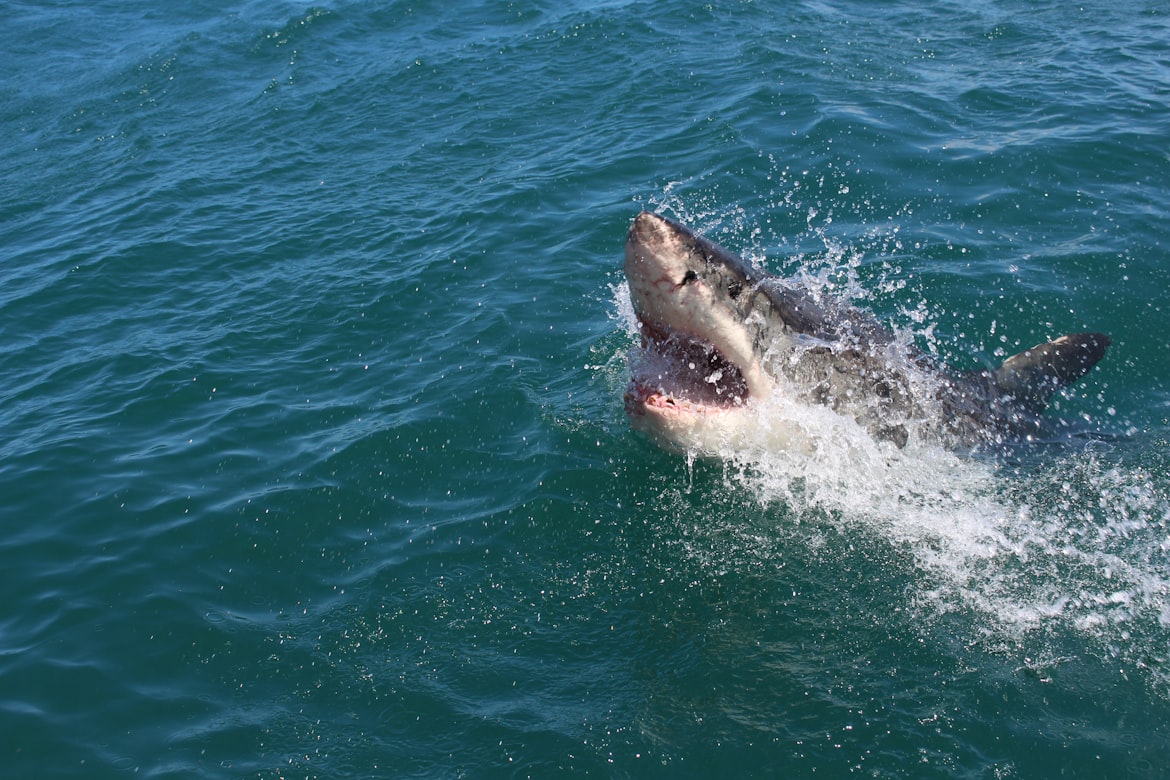
The Pacific coast of central California is home to a stretch of beach called the Red Triangle. It’s been dubbed that due to its high concentration of shark attacks, which occur annually during the summer months (May through October). The first attack happened in 1916 and since then there have been more than 110 reported incidents.
The Red Triangle extends over 40 miles along the coast, extending from north of Santa Barbara County down through Monterey County and into San Luis Obispo County. This area covers several cities—including Oceanside, Encinitas, Carlsbad, Leucadia and Cardiff-by-the-Sea—and beaches such as Swami’s Beach in Encinitas; Scammon’s Beach in Oceanside; Solana Beach and Moonlight State Beach in Encinitas; Cardiff State Beach near Leucadia; Surfside State Beach and Natural Bridges State Beach at Santa Cruz Island in Monterey Bay National Marine Sanctuary off Point Conception (part of Los Osos Hills).
Skeleton Coast, Africa
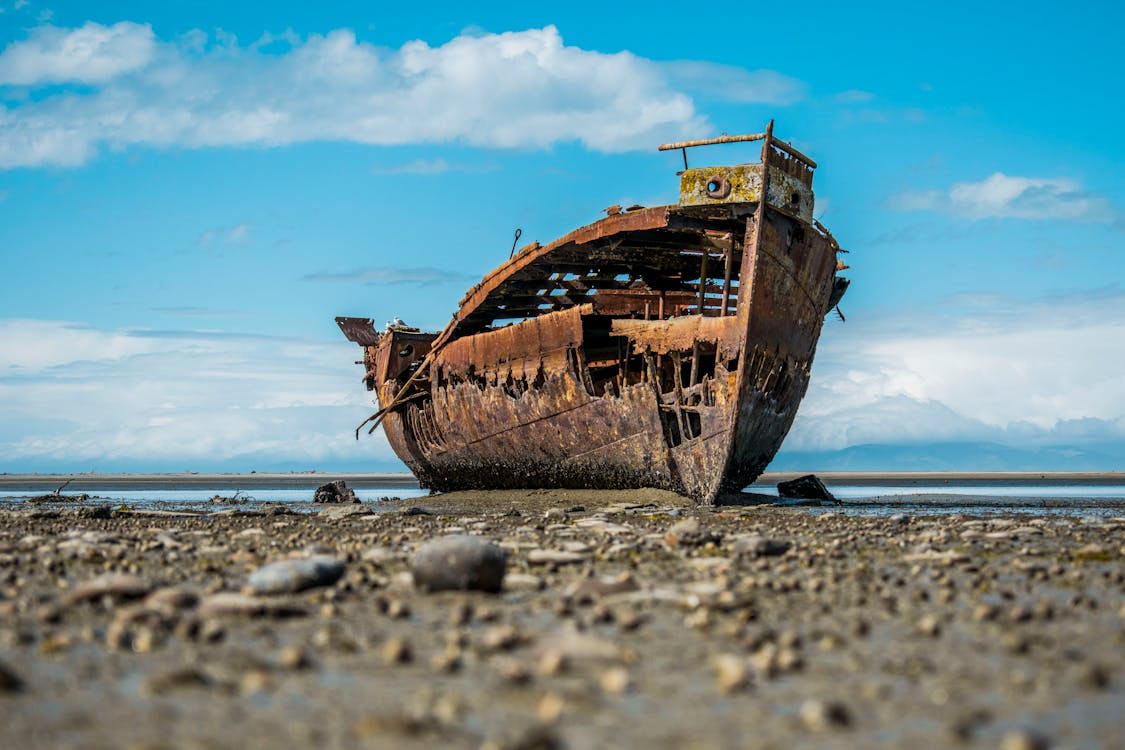
The Skeleton Coast is a strip of land that runs along the Atlantic Ocean coast of Namibia. It’s named for the many shipwrecks that have occurred here and is considered to be one of the most dangerous places in the world. The Skeleton Coast, however, offers a unique experience for anyone who makes it across its dangerous waters.
The area is known for its intense desert winds which blow sand into dunes up to 100 meters (328 feet) high. These dunes are some of the tallest in Africa and can make travel impossible due to storms or poor visibility caused by blowing sand through your car windows—which could cause you to crash into another vehicle or run off a cliffside if you’re not careful!
In addition to extreme weather conditions, there are several poisonous animals living on this stretch of land including scorpions, snakes and spiders! Among these creatures are two venomous insects: tarantulas and black-widows spiders which both bite humans when disturbed while they're sleeping outside at night while camping out on their adventure trip through Africa's most inhospitable region."
Fraser Island, Australia
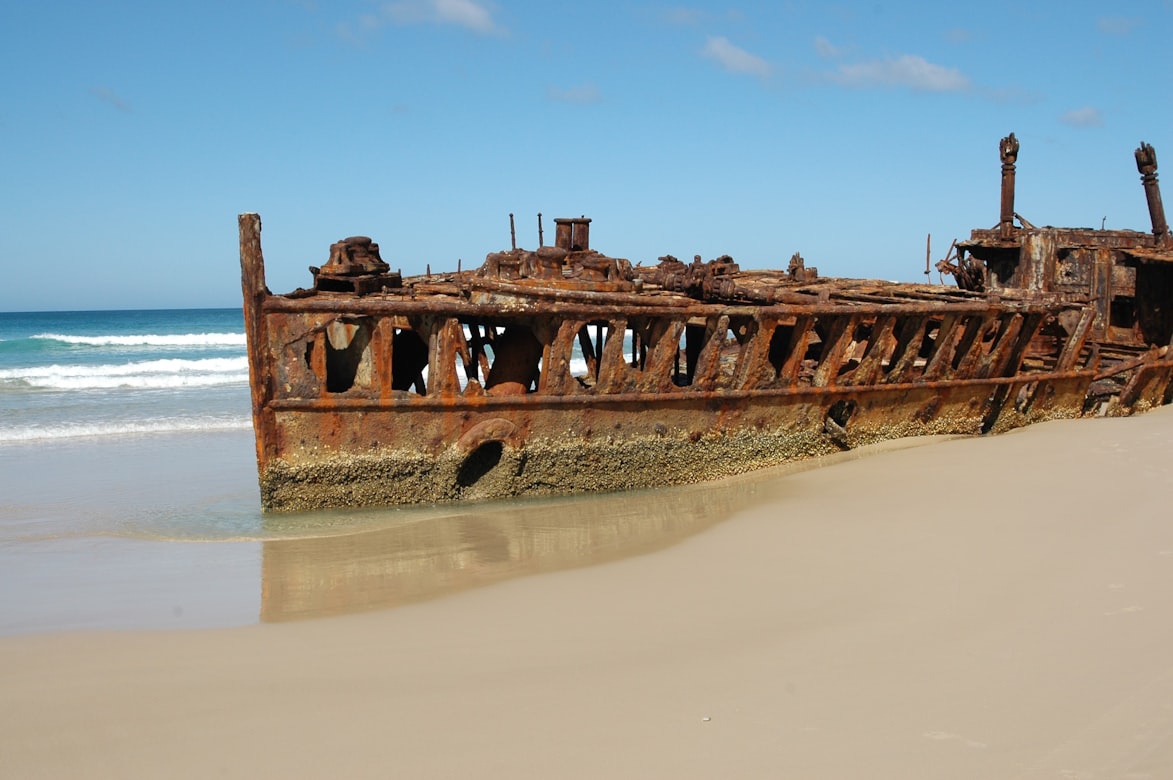
What makes this beach so dangerous?
Fraser Island is a sand island in the Great Sandy Strait, located off the coast of Queensland, Australia. It's one of the largest sand islands in the world and home to some of Australia's most beautiful beaches. But it also has a reputation for being dangerous because of its strong currents and rip tides.
The Australian government has warned beachgoers about strong rips at Fraser Island on multiple occasions over recent years: "Risks are high due to large waves generated by storms out at sea," they said after a storm hit in March 2018; “Beachgoers have been advised to stay clear of breaking waves." And most recently, following another storm that hit in February 2019: "Boating activity will be limited due to strong winds and rising seas caused by ex-Cyclone Marcus."
New Smyrna Beach, Florida
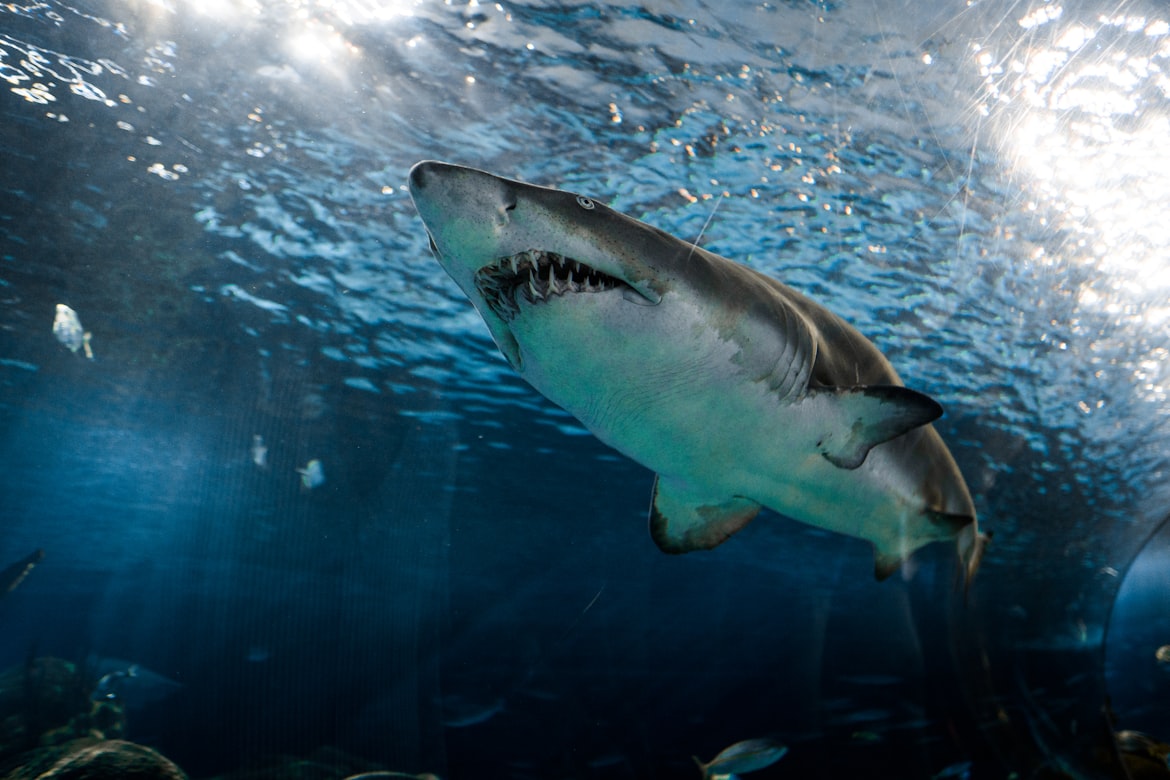
New Smyrna Beach is a popular tourist destination for many Floridians and other beach-lovers, but it's also home to some of the most dangerous sea creatures in the world.
The beach is known for its shark attacks, which brings in tourists from all over who want to watch or participate in their own version of Jaws. However, this can be very dangerous if you're not careful—there are no lifeguards on duty at New Smyrna Beach, so it's up to you to know where and when it's safe to swim. The best time to visit this beach without running into any dangerous creatures is during low tide and when there aren't any large waves coming up onto shore.
Second Beach, South Africa
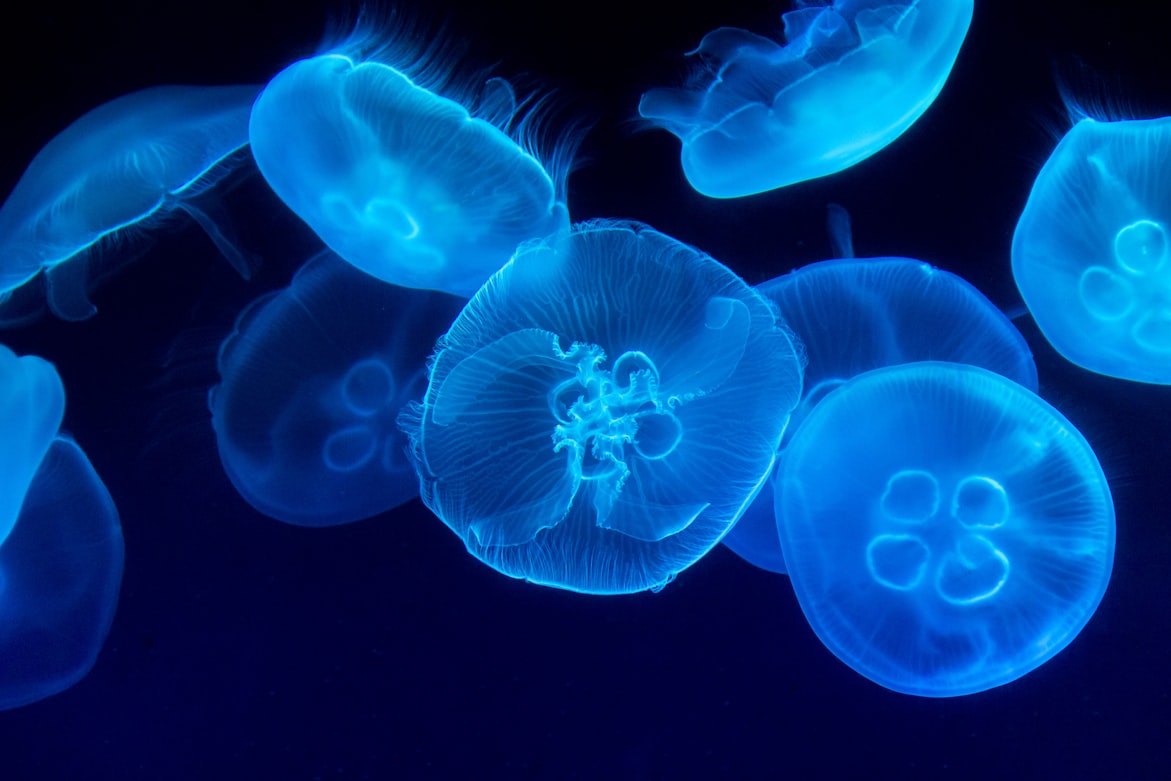
Second Beach, in Cape Town, South Africa is considered one of the world's most beautiful beaches. It has been featured in many movies and television shows over the years. However, surfers are warned about rip tides that can pull them out to sea and sharks that swim in the area. Surfers are also warned about stingrays and jellyfish that live off-shore.
Velzyland Beach, Hawaii
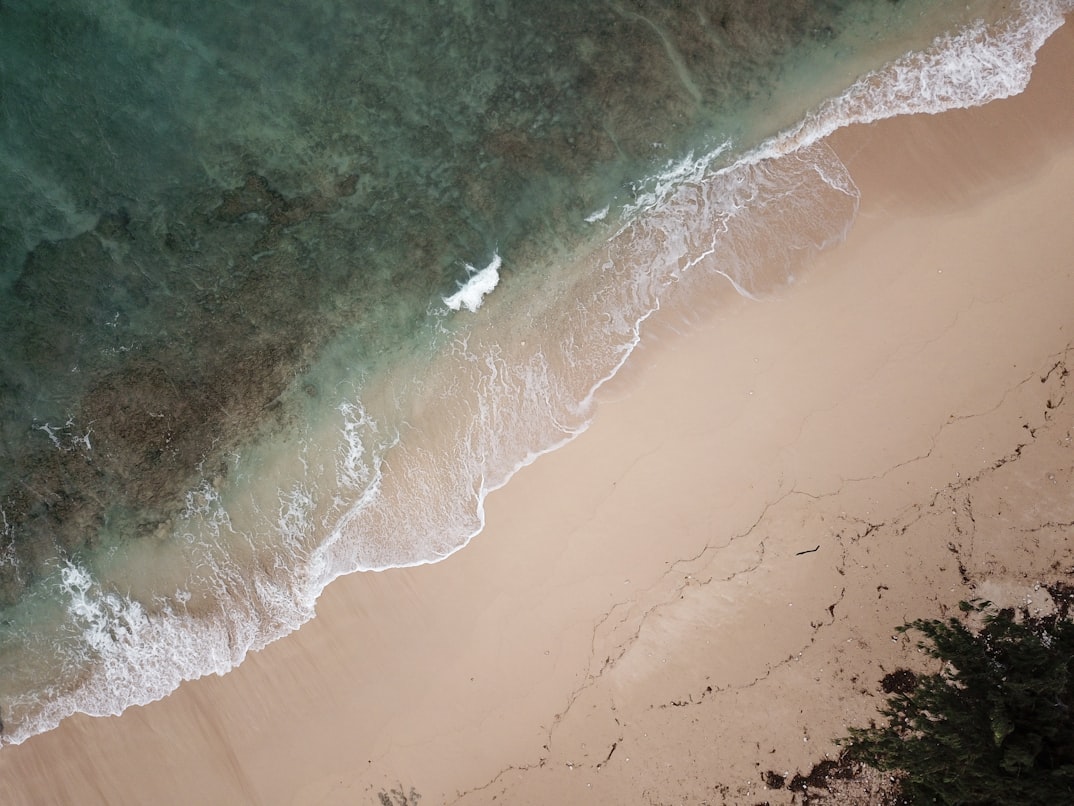
This beautiful stretch of sand is located on the Big Island of Hawaii. It’s named after a surfer who died there in a shark attack, but don't let that stop you from checking it out—or even swimming there! Surfers and bodyboarders flock to Velzyland due to its strong currents, which give the water a nice mix between warm and cool temperatures. It's also got an amazing view of the Kona coastline that makes for some great Instagram shots. Just be sure not to get too close to those waters: They may have sharks lurking under them!
New South Wales, Australia

New South Wales, a state of Australia, is the second largest country in the world. If you're looking to explore some of its beaches, there are plenty of options. There are many beautiful beaches that you can visit with your family or friends, but there are also dangerous ones as well.
If you want to visit a beach that has been closed due to shark attacks and other reasons, here's an overview:
- Ballina Beach - This beach is located about two hundred miles north-east from Sydney. It used to be one of Australia's most popular tourist destinations until it was hit by two fatal shark attacks within six weeks in 2017. The first victim was American Sean Pollard who died after being attacked while surfing near Lighthouse Beach. Days later at nearby Lennox Head surf spot, Peter Kurmann (33) died after being struck by what appeared to be a great white shark while competing in an event sponsored by his local club Byron Bay Boardriders Club (BBC). Following these incidents Ballina Town Council closed all surf spots between Lennox Head and North Wall including Main Beach where most surfers gather for competitions such as the annual Ballina Pro Surf Classic held annually on Easter long weekend every April since 2004 which attracts top international competitors including Kelly Slater who won six times since debuting at age 16 back when he used his real name Michael Nelson Taylor III!
Pohoiki Beach, Hawaii

Pohoiki Beach is a popular tourist destination located on the Big Island of Hawaii. It is a great place to go surfing, and also provides excellent views of whales in the winter months. However, many people have been caught off-guard by its strong rip currents that have claimed lives over the years.
In addition to these hazards, there are also occasional lava flows from nearby volcanoes. These flows pose an additional risk because they can release toxic gases into the air when they come in contact with seawater or rainwater.
Some beaches are more dangerous than others.
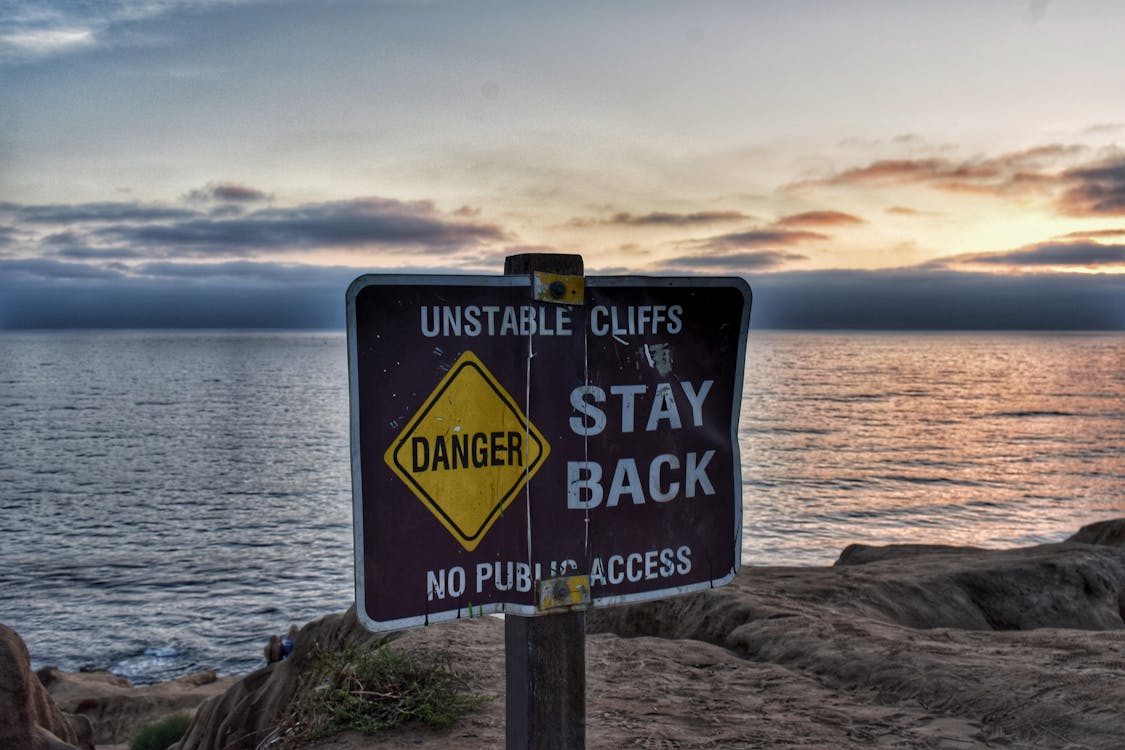
You might've noticed that some beaches are more dangerous than others. Some beaches have more sharks than others. Some beaches have more rip tides than others. And some even have skeletons!
We hope this article has given you some insight into the dangers that exist on some of the most popular beaches around the world. Although these beaches are beautiful and look safe, they are actually quite dangerous. We encourage you to do your own research before travelling to any destination and make sure that you check out all the possible risks involved with visiting each one.

